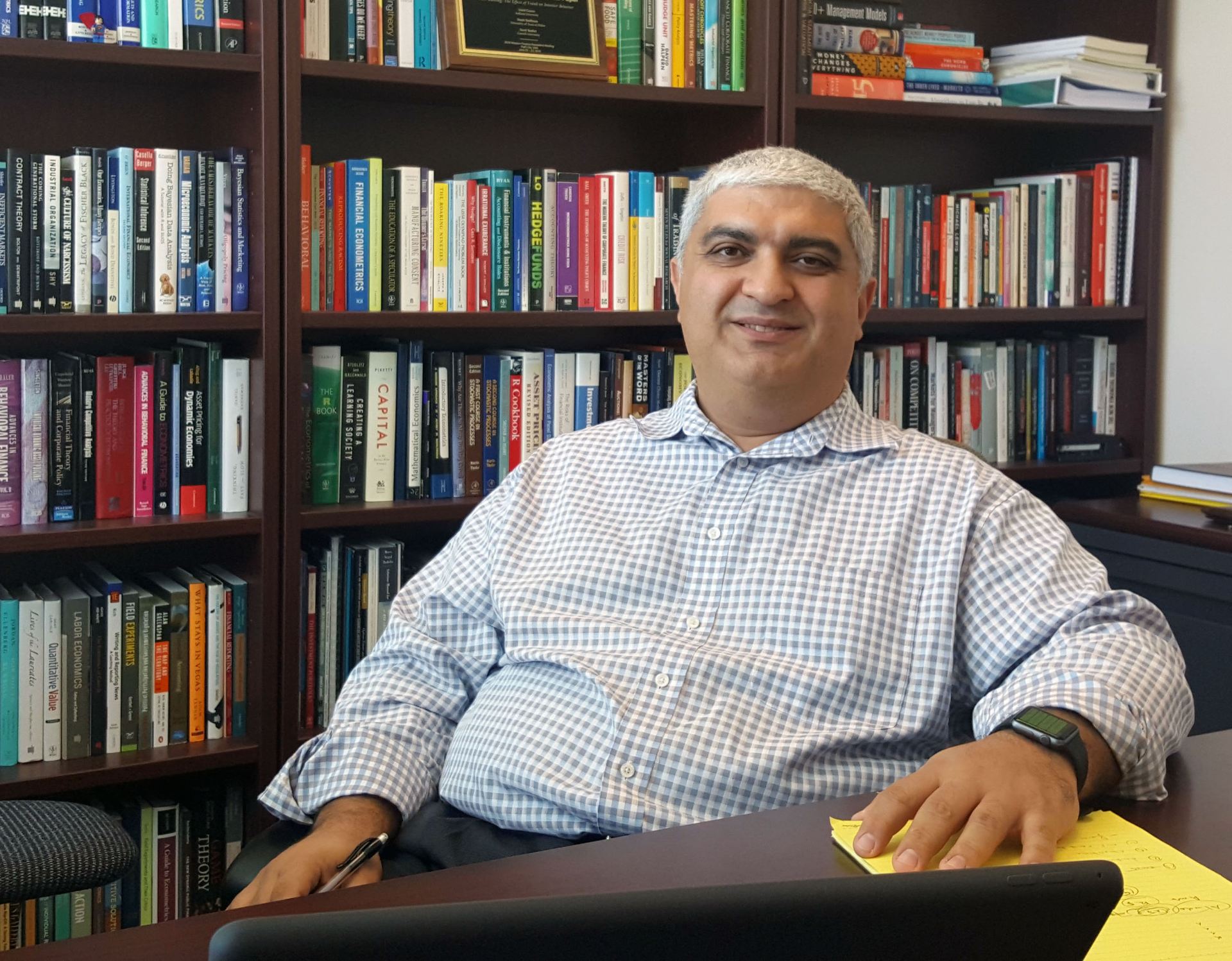
Dr. Umit Gurun
A new study from The University of Texas at Dallas shows that firms are significantly more likely to trade with countries that have large resident populations living near the headquarters.
Dr. Umit Gurun, professor of accounting and finance in the Naveen Jindal School of Management, is an author of the study recently published online in the Journal of Finance. He said the goal of the paper was to explore the potential value of local resident networks for firms located in a given city.
“In cities like Dallas, we are endowed with a rich mix of ethnic backgrounds, and it impacts considerably more than the menus at restaurants,” Gurun said. “When people immigrate to the U.S., their existing potential network is a hidden benefit — having connections with people of different expertise, backgrounds and ways of thinking. Over 50 percent of the profits of S&P 500 firms come from overseas. Clearly, international relations are a critical source of competitive advantage. Any leg up firms can achieve — such as through network connections of local residents to home countries — could translate into the bottom line.”
The study used microlevel import and export data collected from customs and port authorities. Combined with census-tract demographic data, this information allowed the researchers to link individual firms’ trade decisions to their local resident populations.
In addition to significant increases in sales growth and profitability, firms also are more likely to acquire companies in mergers and acquisitions, and report increased segment sales, in countries with which they are connected.
The researchers also found that connected board members represent a possible mechanism by which information is transferred along the resident network channel.
Because residents’ location decisions might be influenced by the same factors that impact corporate trade activities (i.e., locating in a West Coast city such as San Francisco, versus New York, to be closer to Asia), the researchers needed to find an ethnic population whose relocation was not related to those factors. They identified the mandatory relocation of Japanese and Japanese-Americans into internment camps during World War II as a forced shock in residence location.
“When people immigrate to the U.S., their existing potential network is a hidden benefit — having connections with people of different expertise, backgrounds and ways of thinking.”
Dr. Umit Gurun, professor
of accounting and finance
in the Naveen Jindal School
of Management
The study found that firms in metropolitan statistical areas surrounding historical internment camp locations import and export significantly more to Japan today — 75 years later — than other firms because of the impact of the Japanese populations in these areas.
When the researchers began their project three years ago, they did not know that immigration would be the hot-button issue it is today. Gurun said he believes the research could be expanded to provide further evidence on the economic impact of immigration and ethnic diversity.
“Researchers are trying to understand how immigrants create value in their new home countries,” Gurun said. “An important corollary that follows, however, is what these new residents do with the value they create. Do they take that value and invest it here, or do they send it back overseas?”
Worldwide, 244 million people live in a country other than where they were born, according to the UN, and, according to Pew Research Center, migrants sent more than $580 billion to relatives in their home countries in 2015.
“And what are the implications of this?” Gurun said. “What makes this even trickier — but perhaps more important — is that immigration has long-lived, intergenerational implications. Like most investments a firm undertakes, the organization invests today for payoffs in the future. Similarly, immigration may necessitate outlays in the present that result in large positive payouts that unfold over the coming generations. These long-lived investments are often the most difficult to estimate the value of and to coalesce support around. However, they are equivalently often the most valuable.”
Dr. Lauren Cohen and Dr. Christopher Malloy, both of Harvard Business School, were co-authors of the study. The research was funded by the National Science Foundation.